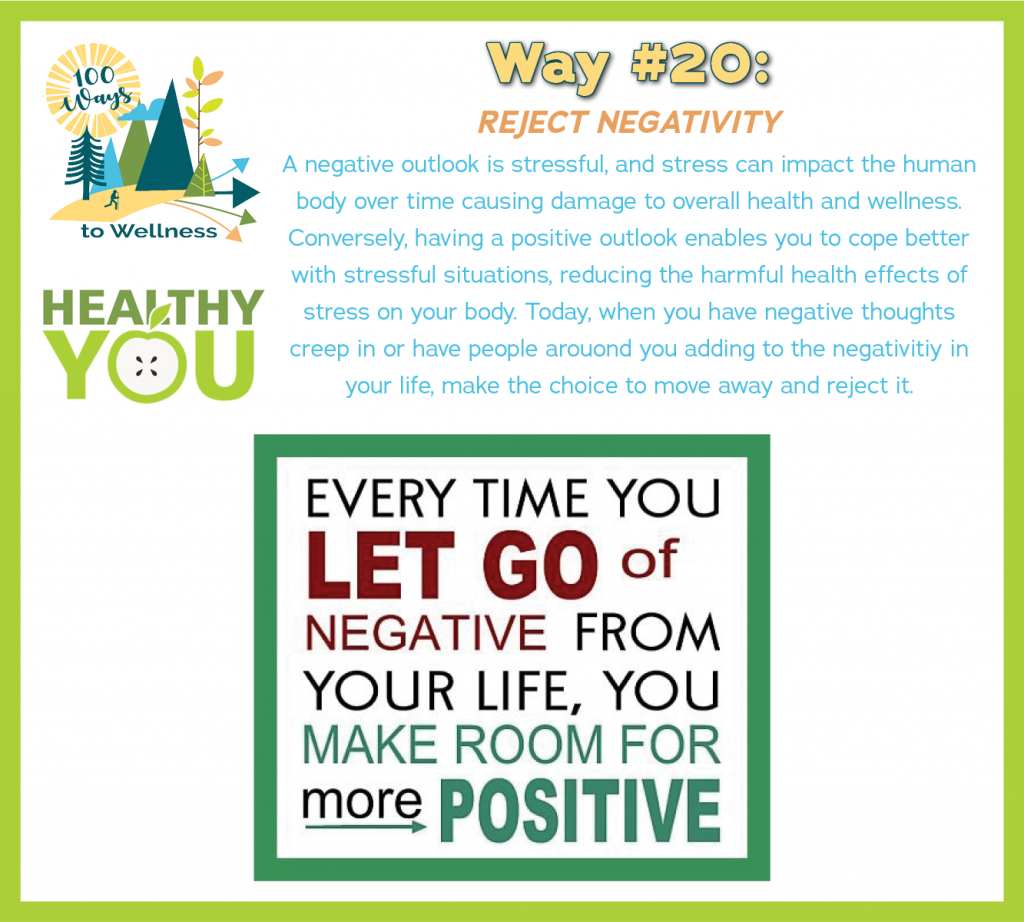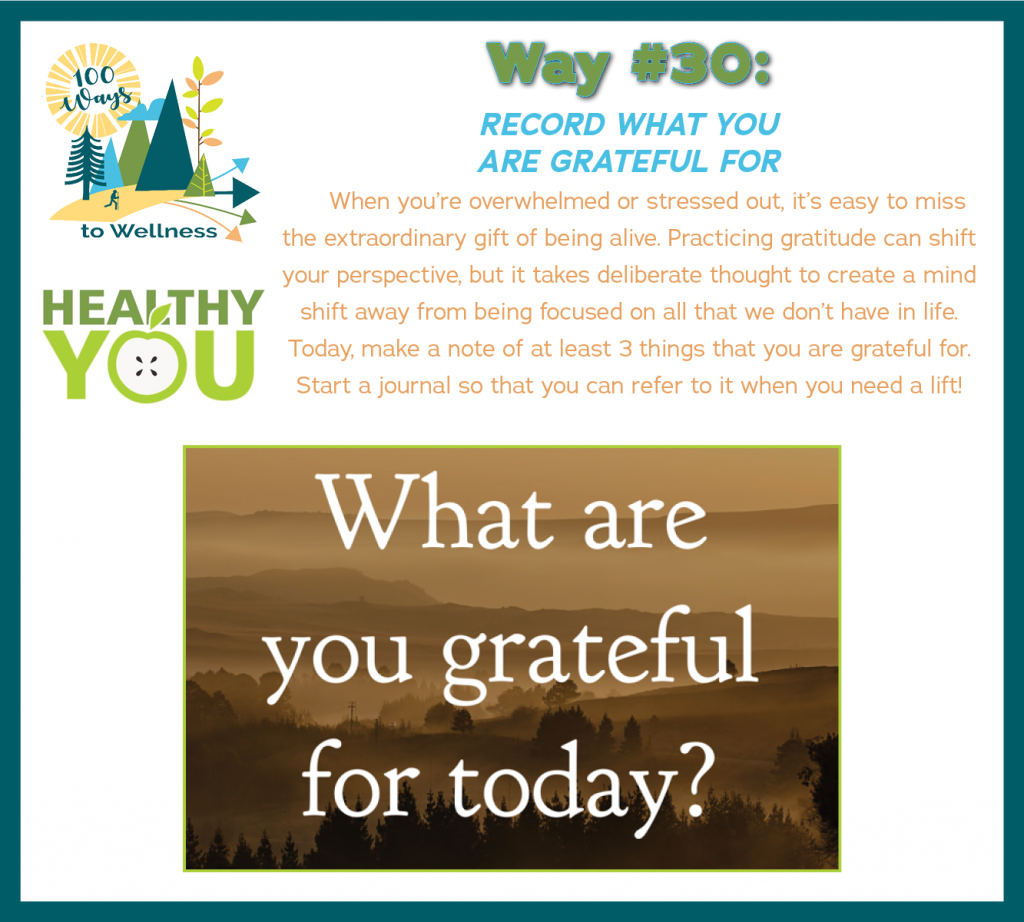 Many studies show that practicing gratitude provides us with a sense of overall well-being. It can also reduce depression and anxiety, lower our risk of disease, and flood the brain with feel-good chemicals like serotonin.
Many studies show that practicing gratitude provides us with a sense of overall well-being. It can also reduce depression and anxiety, lower our risk of disease, and flood the brain with feel-good chemicals like serotonin.
In the midst of our chaotic lives, a daily gratitude practice can help us maintain a steady sense of calm and happiness.
The benefits of a gratitude practice will extend far beyond your health. It will enhance the quality of your life experiences as your ability to be aware of and engaged with what is real and true in each person you encounter and in each moment you live expands to both difficult times and in happy ones.




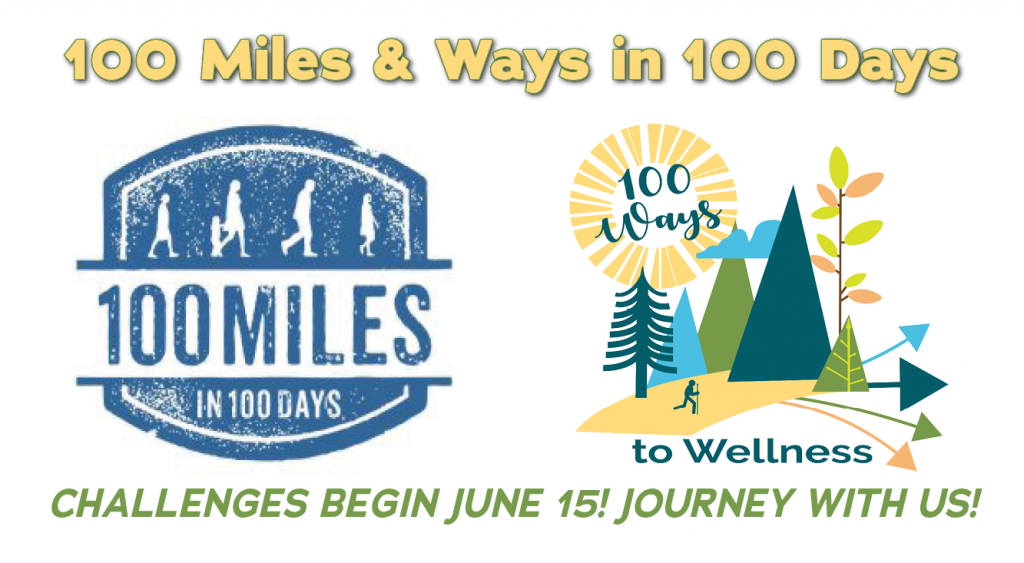
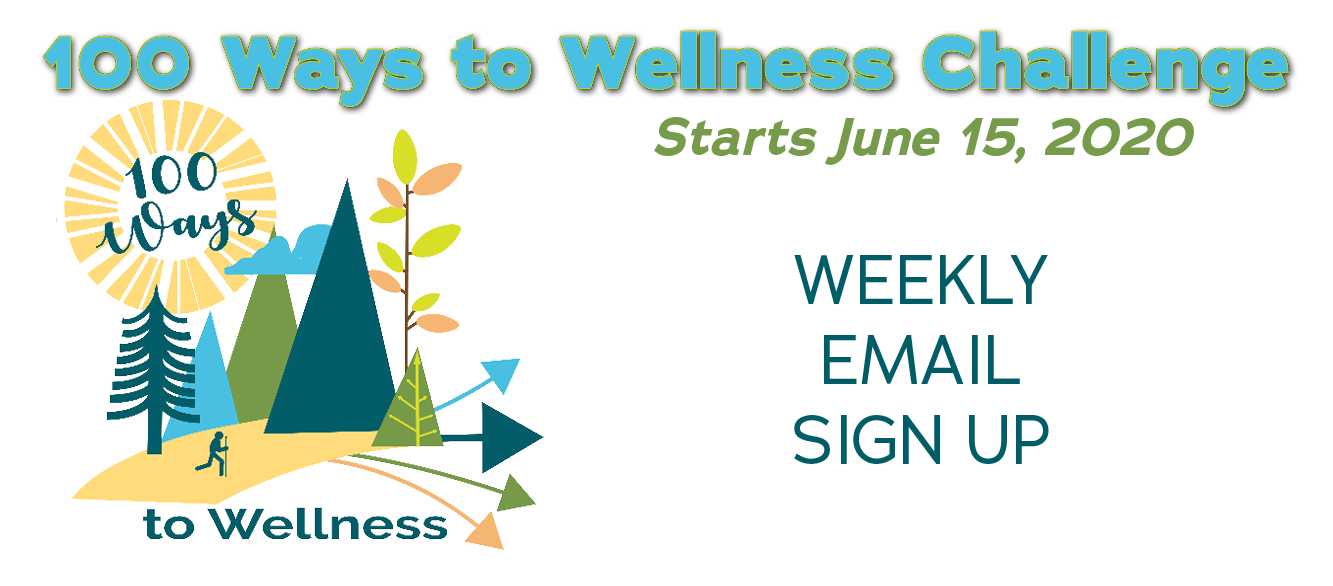
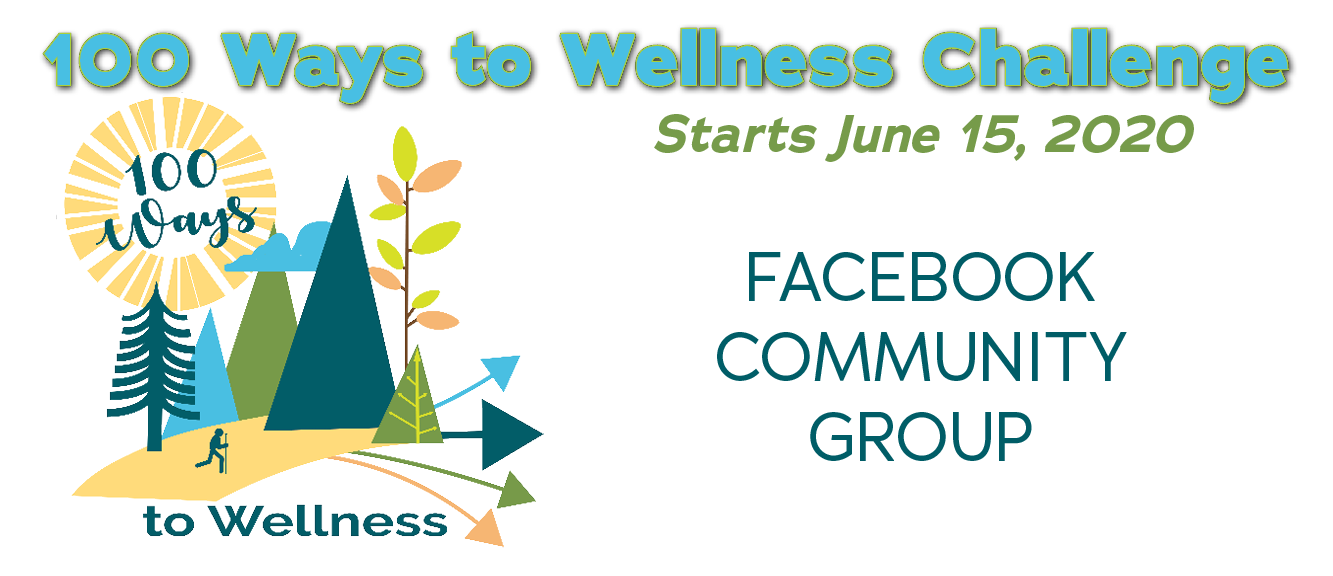
 Like other areas of the body, your mouth teems with bacteria — mostly harmless. But your mouth is the entry point to your digestive and respiratory tracts, and some of these bacteria can cause disease.
Like other areas of the body, your mouth teems with bacteria — mostly harmless. But your mouth is the entry point to your digestive and respiratory tracts, and some of these bacteria can cause disease.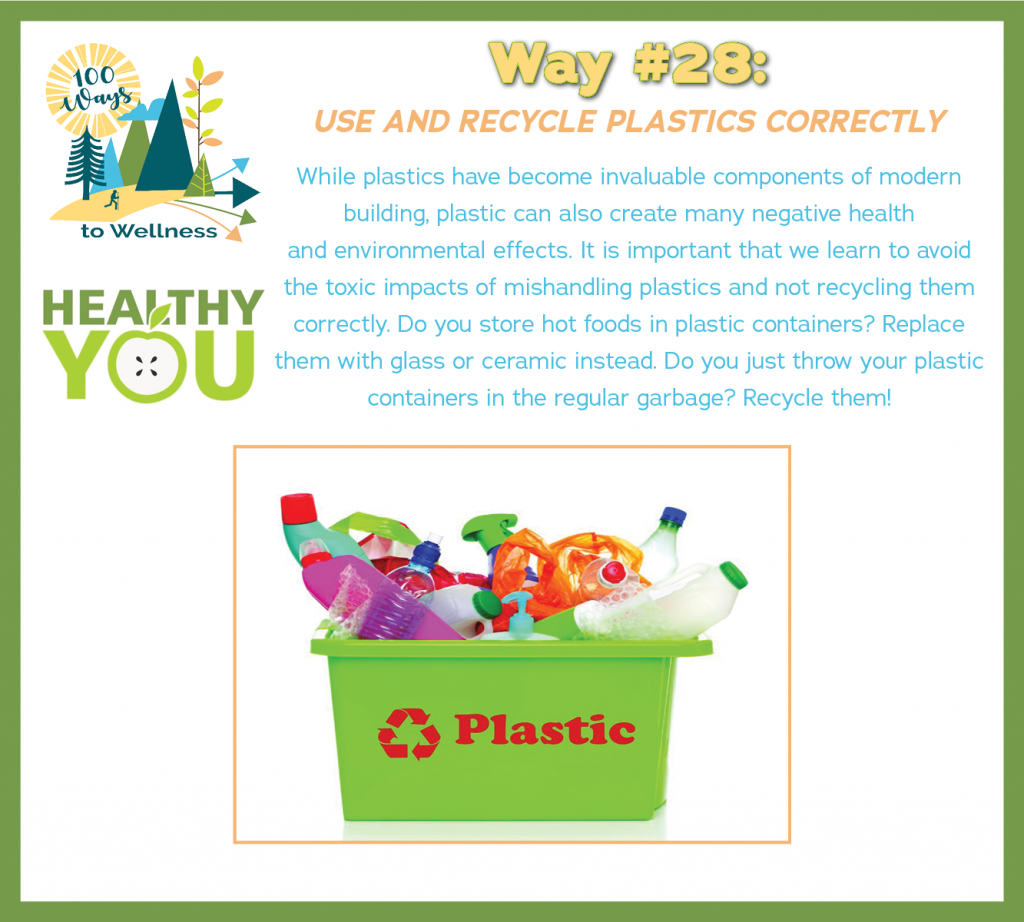
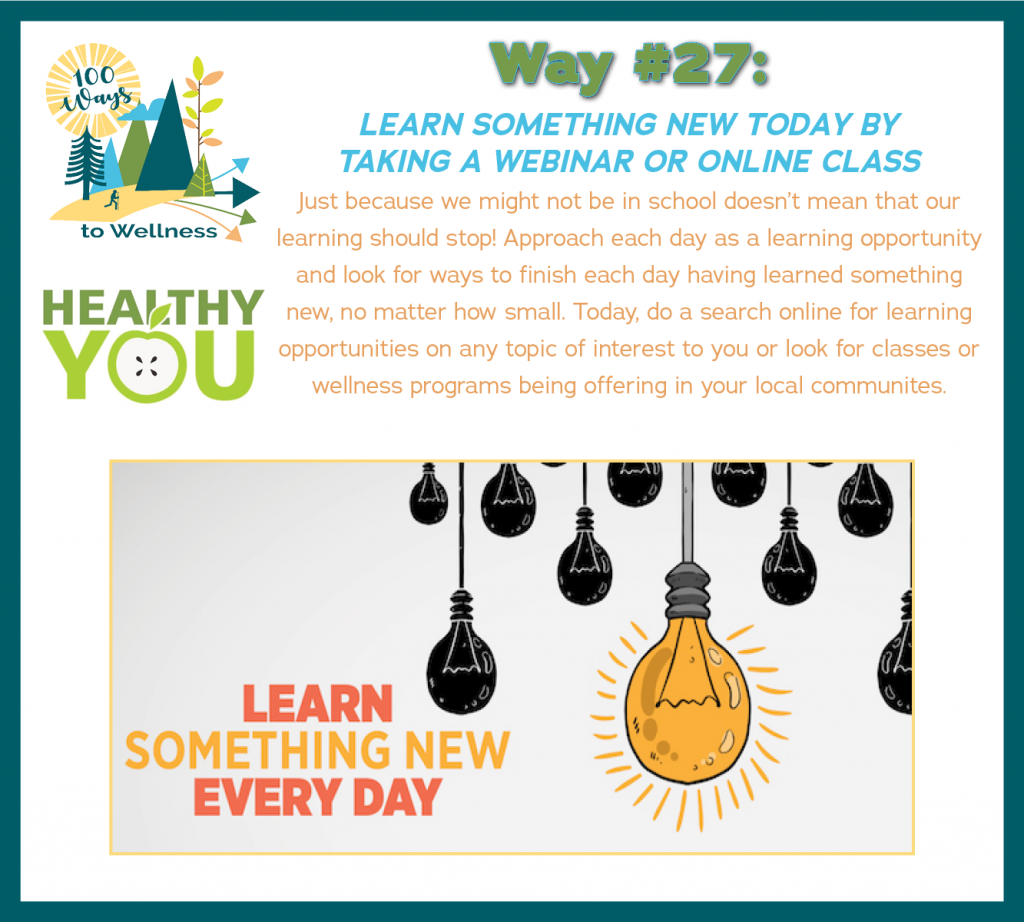
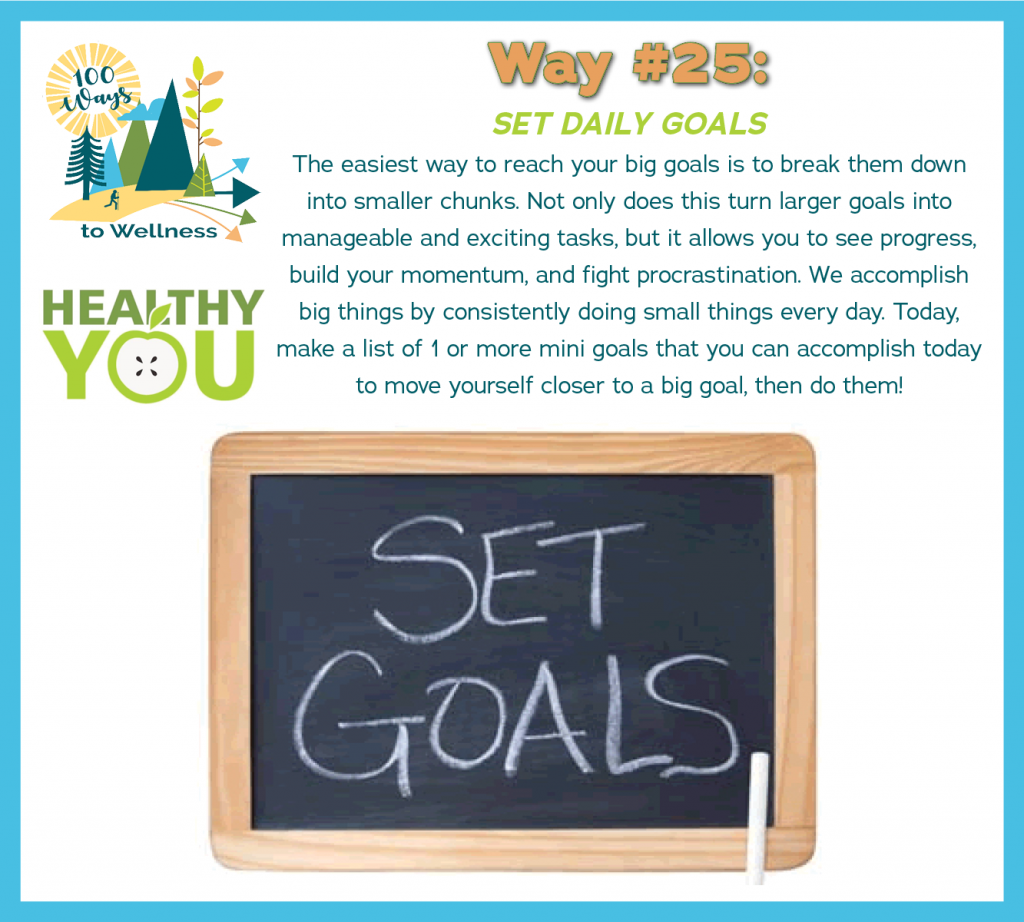

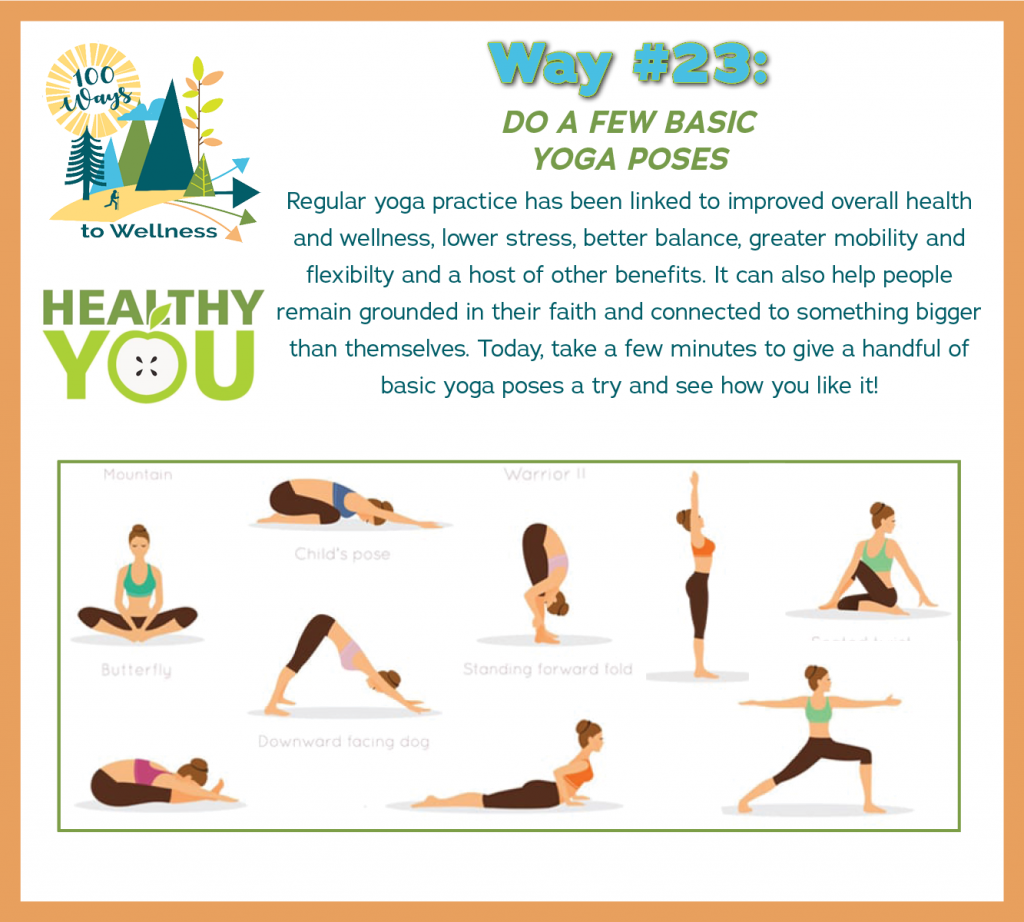
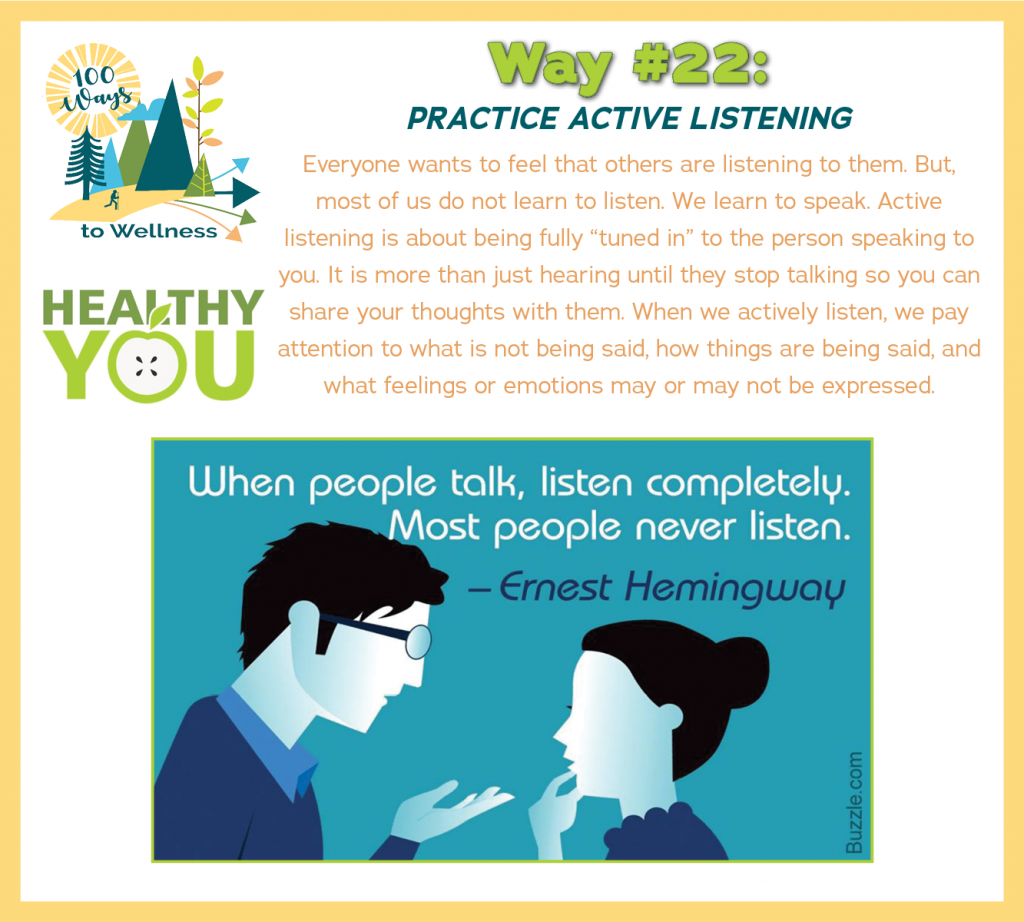
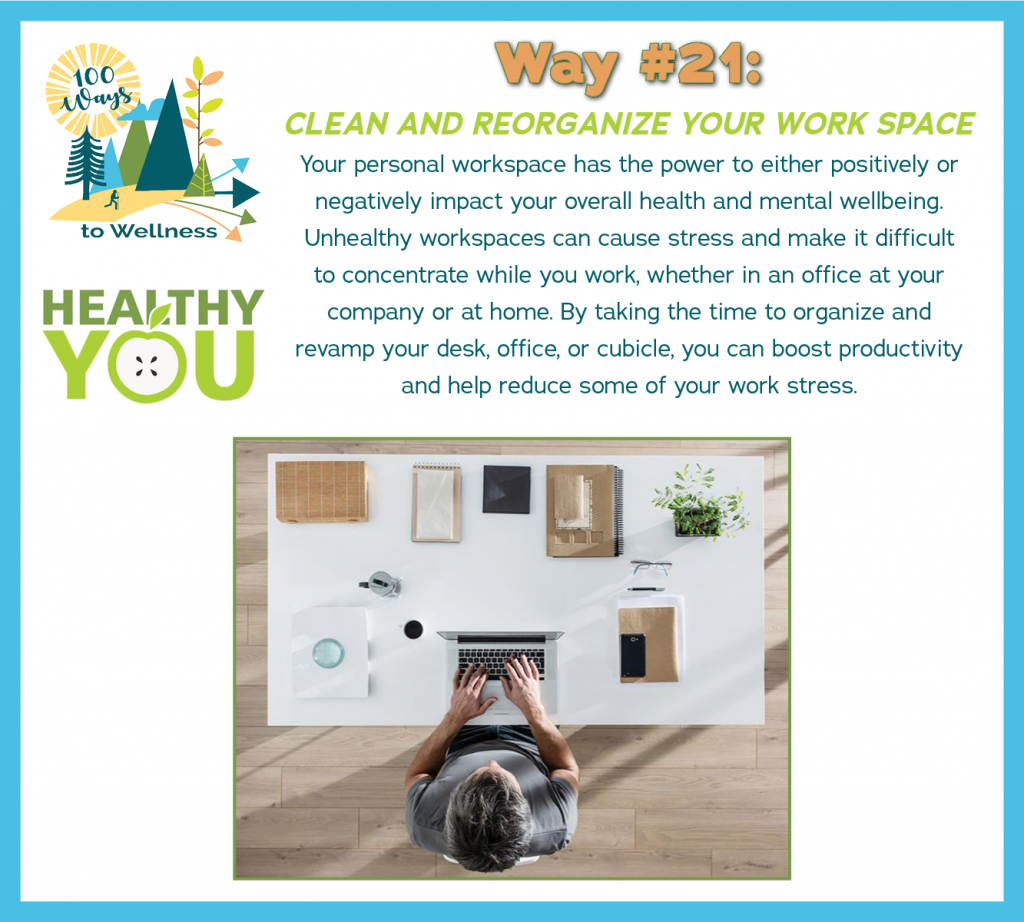 When you take a look at your office desk or home office areas, what do you see? Are there papers sprawled everywhere? Lingering trash? Or is there simply nothing but blank walls and empty desk space?
When you take a look at your office desk or home office areas, what do you see? Are there papers sprawled everywhere? Lingering trash? Or is there simply nothing but blank walls and empty desk space?